A classic example is where an order comes in at sales and an event is published. Both Finance and Shipping are subscribed to the event, but shipping is also subscribed to the event coming from finance.

The funny thing is that you have no idea on the order in which the messages arrive. The event from sales might cause a technical error, because the database is offline. It might get queued again or end up in an error queue for operations to retry it. In the meantime the event from finance might arrive. So theoretically
the event from sales should arrive first and then the finance event, but in practice it can be the other way around.
There are a number of solutions here, but I've never liked the graphical ones. As a .NET developer I've used K2 and Windows Workflow Foundation in the past, but the solutions most flexible are created in code, not via a graphical interface.
I currently would use NServiceBus or MassTransit for this. On a sidenote, I currently work at Particular Software and we make NServiceBus. NServiceBus has Sagas for this kind of work (documentation) and you can also read on my weblog about a presentation, incl. code on GitHub.
The term saga is kind of loaded, but it basically handles long running (business) processes. Gregor Hohpe calls it a Process Manager (link).
To summarize what sagas do : they are instantiated by incoming messages and have state. Incoming messages are bound/dispatched to a specific saga instance based on a correlationid, for example a customer id or order id. Once the message (event) is processed, state is stored until a new message arrives, or until the code marks the saga as completed and the state is removed from storage.
As said, in the .NET world MassTransit and NServiceBus support this, but there are most likely alternatives in other environments.
